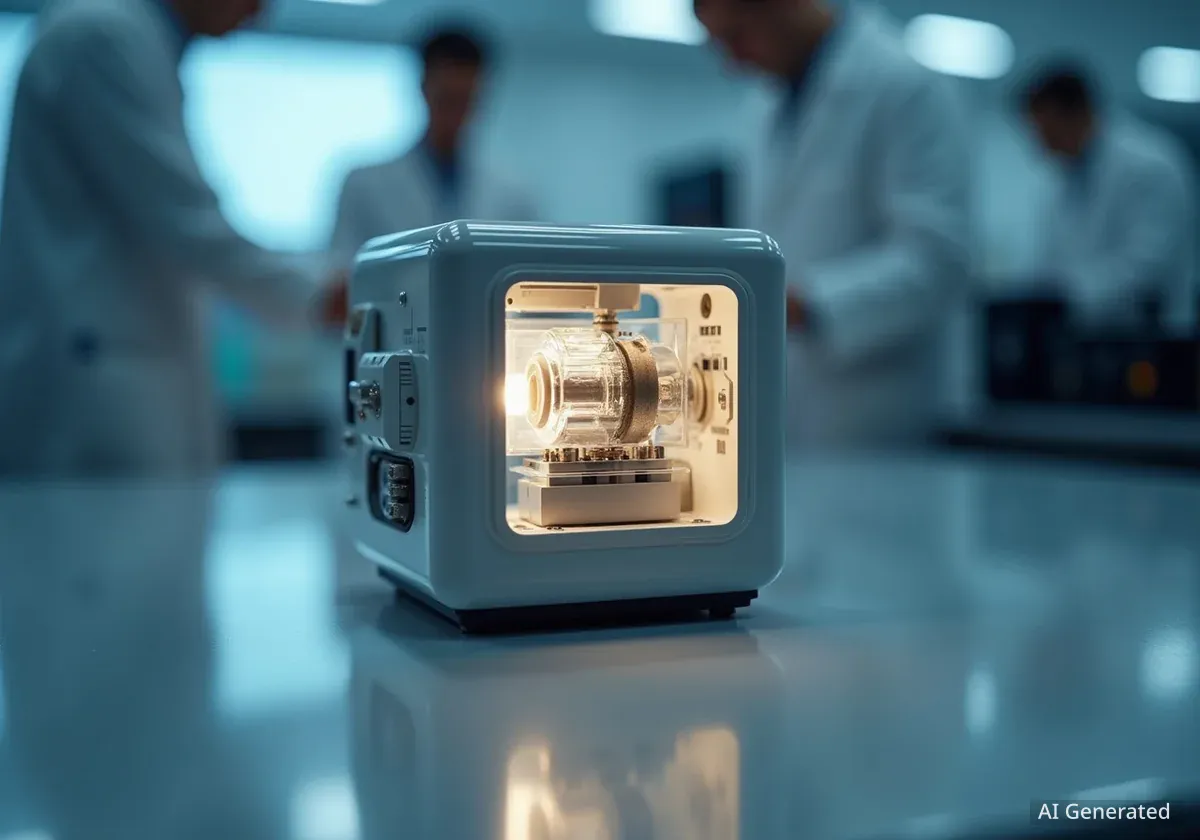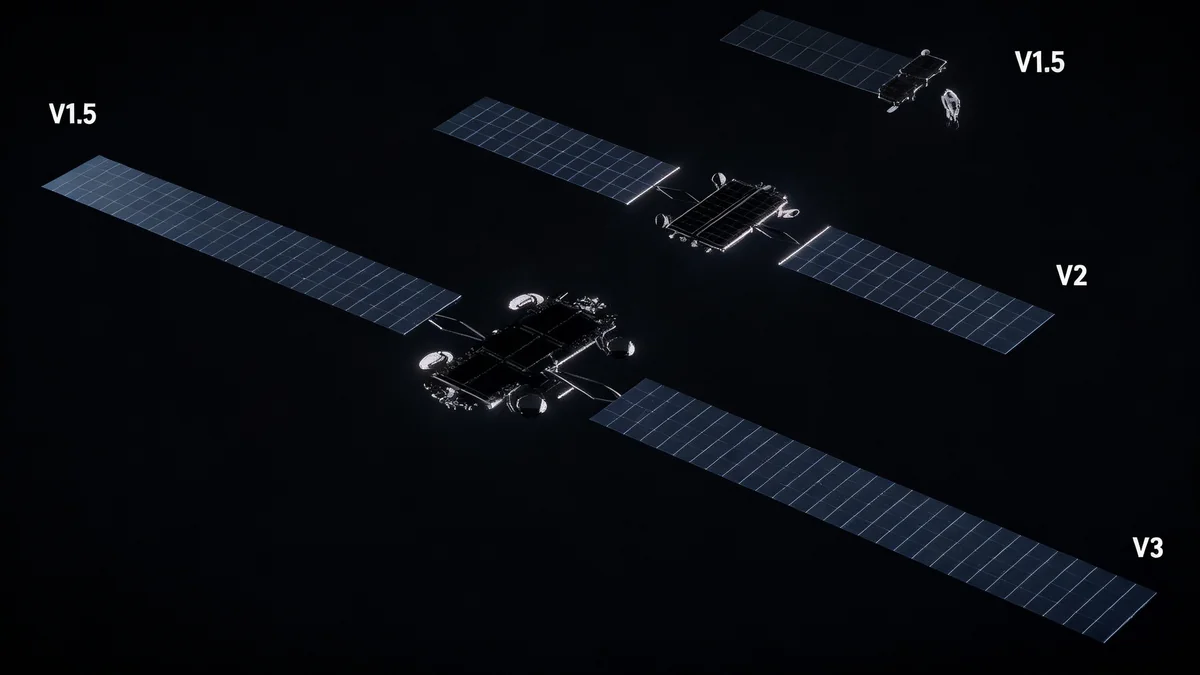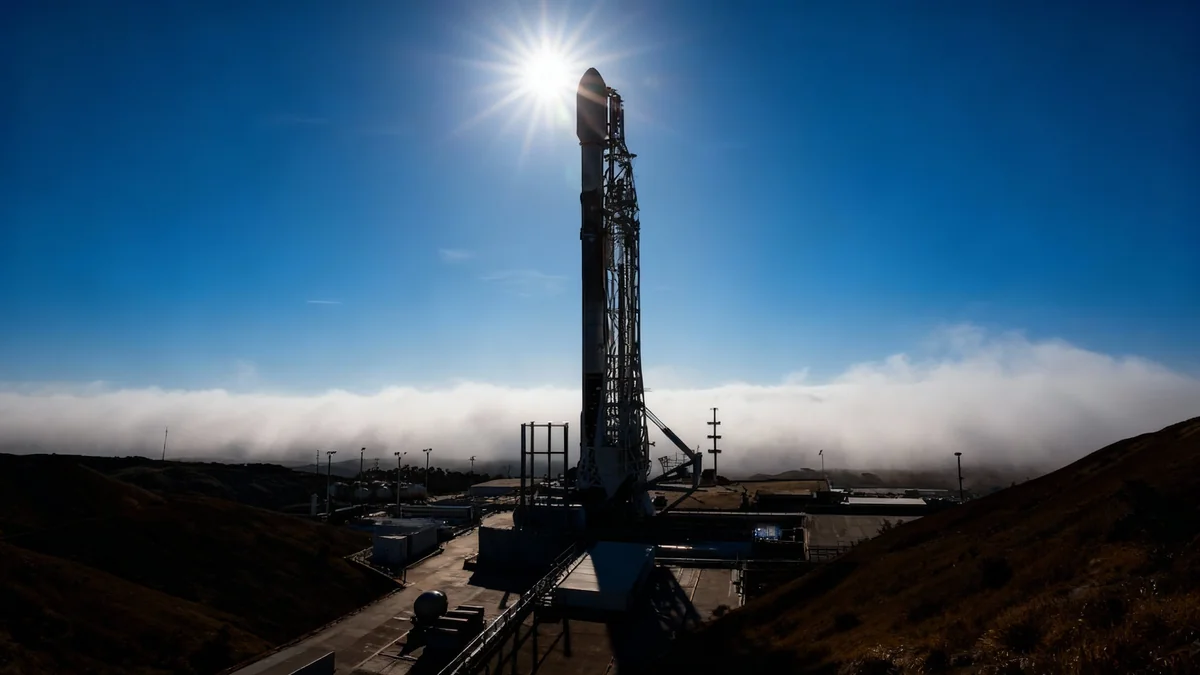NASA has awarded Solstar Space, a company specializing in space-based communications, a $150,000 contract to develop a Wi-Fi system for the Moon. The project aims to create a robust wireless network to support future astronauts, robotic vehicles, and habitats as part of the agency's Artemis program.
The Phase I Small Business Innovation Research (SBIR) contract tasks Solstar with designing a Lunar Wi-Fi Access Point (LWIFI-AP) capable of operating in the extreme conditions of the lunar surface. This initiative addresses a critical gap in communication infrastructure needed for sustained human and robotic presence on the Moon.
Key Takeaways
- Solstar Space has received a $150,000 NASA Phase I SBIR contract.
- The goal is to develop a Lunar Wi-Fi Access Point (LWIFI-AP) for the Artemis program.
- This technology will provide wireless connectivity for astronauts, rovers, landers, and habitats.
- The system must be engineered to withstand the harsh lunar environment, including extreme temperatures and radiation.
Establishing a Communication Backbone for Artemis
As NASA prepares for long-term missions on the Moon, reliable communication is essential for crew safety and operational success. The Artemis program and the Commercial Lunar Payload Services (CLPS) initiative both rely on a network of interconnected systems, including landers, rovers, and habitats.
Currently, a significant technological challenge is providing seamless connectivity between these different assets. NASA has identified the need for efficient communication hardware that is low in size, weight, and power (SWaP). This includes not only surface operations but also assets in orbit around the Moon, such as the planned Lunar Gateway space station.
The development of a dedicated lunar Wi-Fi network is a foundational step. It will allow astronauts on spacewalks to communicate with their habitat, enable rovers to transmit scientific data in real-time, and link various surface experiments to a central hub.
What is the Artemis Program?
The Artemis program is NASA's initiative to return humans to the Moon, with the ultimate goal of establishing a sustainable presence there. It involves a series of increasingly complex missions that will use the Moon as a proving ground for technologies needed for future human exploration of Mars.
Solstar's Plan for a Space-Hardened Wi-Fi System
Solstar's proposed LWIFI-AP is designed specifically to meet NASA's requirements for a space-rated wireless system. Unlike terrestrial Wi-Fi hardware, equipment used on the Moon must be built to survive in a vacuum, endure extreme temperature swings, and resist damage from constant radiation.
The company's solution will be a multi-mode, multi-protocol, and multi-band access point. This versatility will allow it to support various communication standards, ensuring compatibility across a wide range of devices and mission components. The system will be engineered for radiation tolerance and thermal survivability, filling a technology gap that currently prevents the use of off-the-shelf commercial products.
"Just like Wi-Fi revolutionized life on Earth, it will be essential for living and working on the Moon," said Brian Barnett, Founder and CEO of Solstar Space. "Solstar's mission has always been to keep people and systems connected in space, and this award moves us one step closer to enabling that vision for lunar missions."
The focus on low-SWaP constraints is critical for space missions, where every gram of mass and watt of power is carefully managed. A lightweight and energy-efficient system reduces the overall cost and complexity of launching payloads to the Moon.
Addressing a Critical Technology Gap
NASA's mission architecture for Artemis heavily relies on wireless connectivity. Specific systems that require this technology include:
- Human Landing System (HLS): The vehicle that will transport astronauts from lunar orbit to the surface.
- Lunar Terrain Vehicle (LTV): An unpressurized rover for astronaut transportation across the lunar surface.
- CLPS Payloads: Scientific and technological instruments delivered to the Moon by commercial partners.
- Lunar Gateway: An orbiting outpost that will serve as a staging point for lunar missions. The HALO module and airlock are specifically cited as needing internal Wi-Fi.
At present, no commercial product meets the stringent space qualification and environmental hardening standards for these critical operations. The NASA SBIR contract with Solstar is intended to spur the development of a commercial solution that can be adopted by NASA and its network of contractors.
The Lunar Environment Challenge
Temperatures on the Moon can fluctuate dramatically, from as low as -173°C (-280°F) in shadowed craters to as high as 127°C (260°F) in direct sunlight. Additionally, the lack of a protective atmosphere means electronics are exposed to high levels of cosmic radiation, which can degrade or destroy conventional components.
Paving the Way for Future Lunar Operations
The work performed under this Phase I contract will establish the foundational design for a flight-ready system. If successful, the project could advance to subsequent phases, leading to the production of hardware that can be integrated into a wide range of lunar mission platforms.
Barnett emphasized the project's broader implications for the future of space exploration and commerce.
"As NASA prepares for a sustained human presence on the Moon, commercial innovation will be essential," he stated. "With the Solstar LWIFI-AP, we aim to bring commercial-grade connectivity to the Moon, enabling seamless communication between crew, equipment, and mission control. We are proud to lead the way in developing the Wi-Fi backbone for the lunar economy."
This initiative represents a key step in building the infrastructure necessary not just for scientific exploration, but for the potential development of commercial activities on the Moon in the coming decades.





